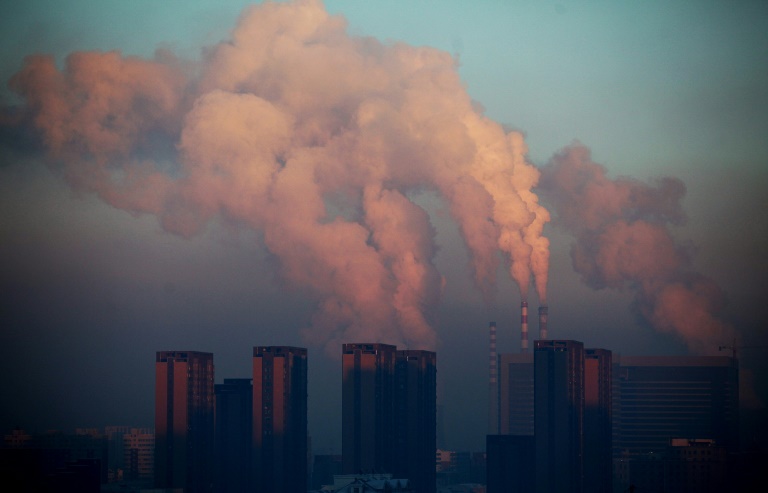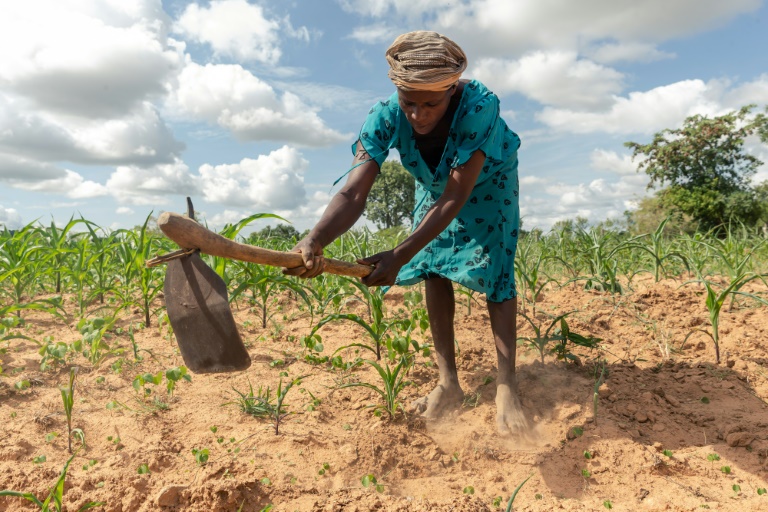Drought to downpour: California weather whiplash is climate change sentinel
It had been completely dry in Sacramento for six months. Then the heavens opened and a record-breaking amount of rain fell in one day.
Such extreme shifts are becoming more frequent in California and are a harbinger of what is to come for the rest of a warming planet, scientists say.
“California is a sentinel state. It’s like a canary in a coal mine,” said Justin Mankin, a Dartmouth College professor who specializes in climate change.
“The state is a crucial bellwether for society’s capacity to respond to these types of climate stresses happening today.”
And it’s not looking good.
Soaring temperatures have been responsible for multiple heat-related deaths this year, while a historic drought has left swathes of the western United States parched, with desperate pleas from officials to save precious water supplies.
Forest fires have torn through the countryside at an alarming rate, consuming more than 2.5 million acres (one million hectares) in California this year, and sending choking smoke over towns and cities.
Then, when the weather suddenly turned and a “bomb cyclone” smashed into the US West Coast last weekend, severe thunderstorms inundated towns and left streets waist-deep in water.
Around 5.5 inches (14 centimeters) of rain fell on state capital Sacramento in one day and, with no vegetation to soak up the heavy water, the burn scars left behind by wildfires created treacherous mudslides and rockslides.
These sudden — and intense — shifts, known as “weather whiplash,” have always been part of California’s natural meteorology.
But global warming, chiefly caused by the burning of fossil fuels and other human activities, is making it a lot worse.
The exacerbation of these extremes over the past decade in California is “consistent with what climate projections indicated,” said Marty Ralph, director of the San Diego-based Center for Western Climate and Water Extremes.
– Water management –
So far, California is failing the test created by weather extremes.
“The impacts associated with the weather events that have occurred just this past week, and over the past 20 months of drought tells me that Californians are not well adapted to the climate they have right now, let alone to the climate that’s coming,” said Mankin.
For Ralph, a worsening of the already difficult conditions has worrying implications for water management.
“It will be more challenging for the current water infrastructure — meaning dams and canals and all that — to handle getting more of the rain in shorter periods, and having longer dry spells in between,” he said.
The key to surviving these extremes will be smarter prediction. Maybe.
“If we have reliable enough forecasts, they might be able to release some extra water ahead of the storm in order to make space for the flood,” said Ralph.
– Blink of an eye –
The storms that recently raked the West Coast brought their own destruction, but they did help to make up some of the drought deficit.
Lake Oroville, a key reservoir, was 30 feet (nine meters) higher a few days after the storm, California’s Department of Water Resources said.
But the extra water was not much more than a drop in the bucket at a time when reservoir levels are at historic lows.
“Maybe it eases some of the pressures associated with mandatory water reductions or voluntary water use reductions or whatever sets of policies the governor’s office may be considering,” said Mankin.
“But the fact of the matter is, it is not enough to address the drought. The drought is going to be here next week,” he said.
As world leaders ready to gather in Glasgow for COP26 — a make-or-break summit on the future of the planet — scientists are unanimous that climate change is not a hypothetical.
It is already happening, and even if Glasgow exceeds expectations, humanity is still going to have to deal with the consequences of the damage we have already done.
“Our mission of mitigating our emissions, which should be the immediate focus, will just stop it from getting worse,” said Mankin.
“It won’t stop it from happening.”
Ralph agreed.
What humans as a species have set in motion is something difficult to fully fathom in the horizons people understand, he said.
“It’s very slow motion relative to human lifetimes,” he explained.
“Relative to the planet, it’s happening in the blink of an eye.”









